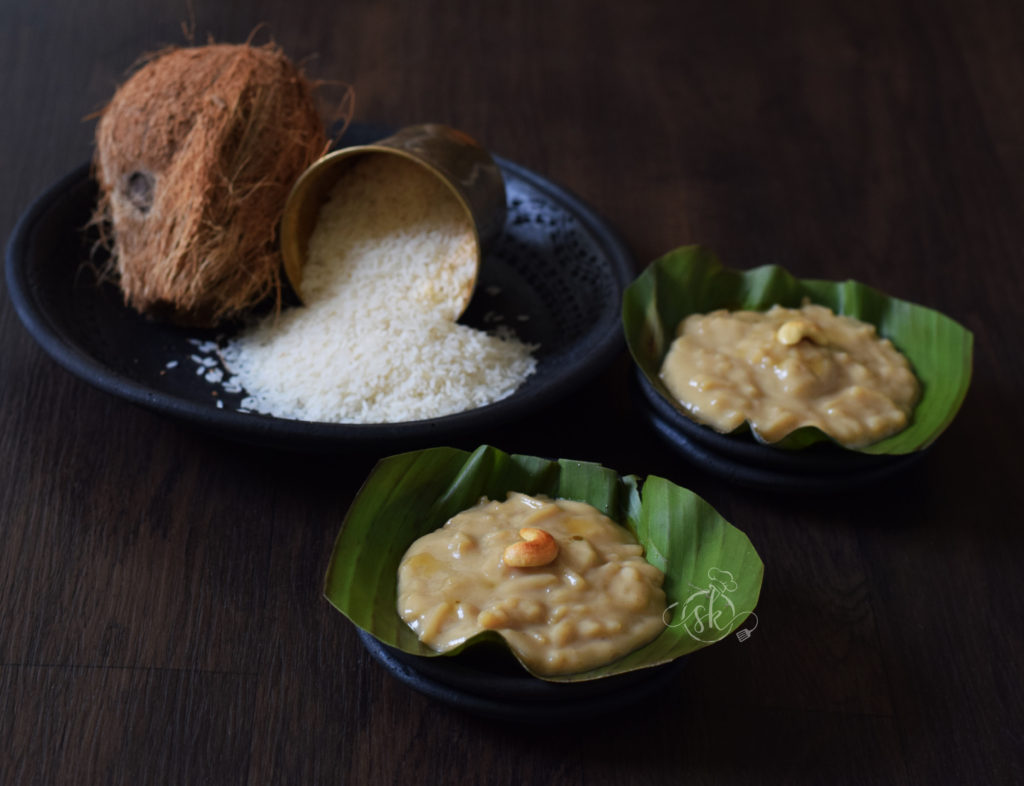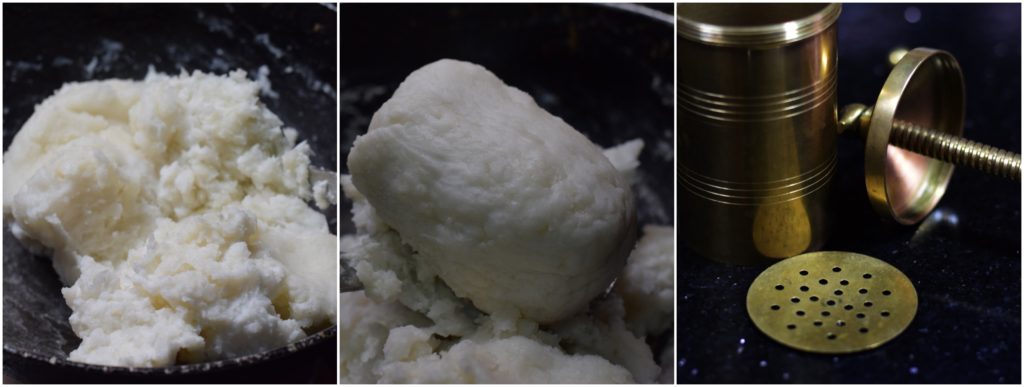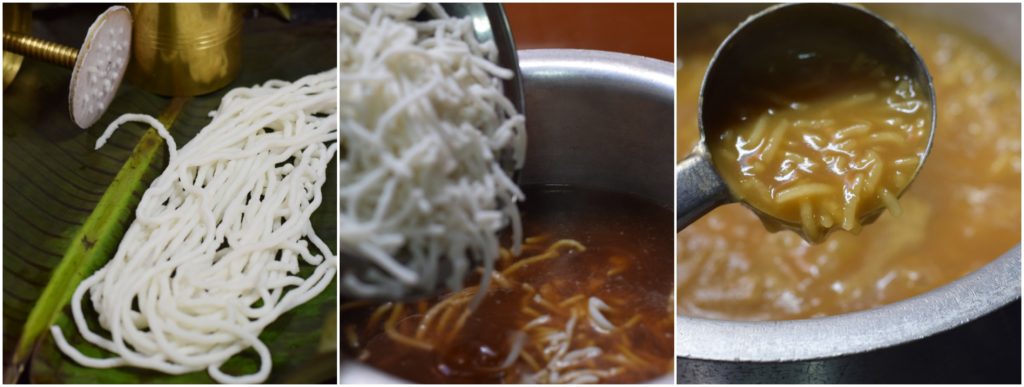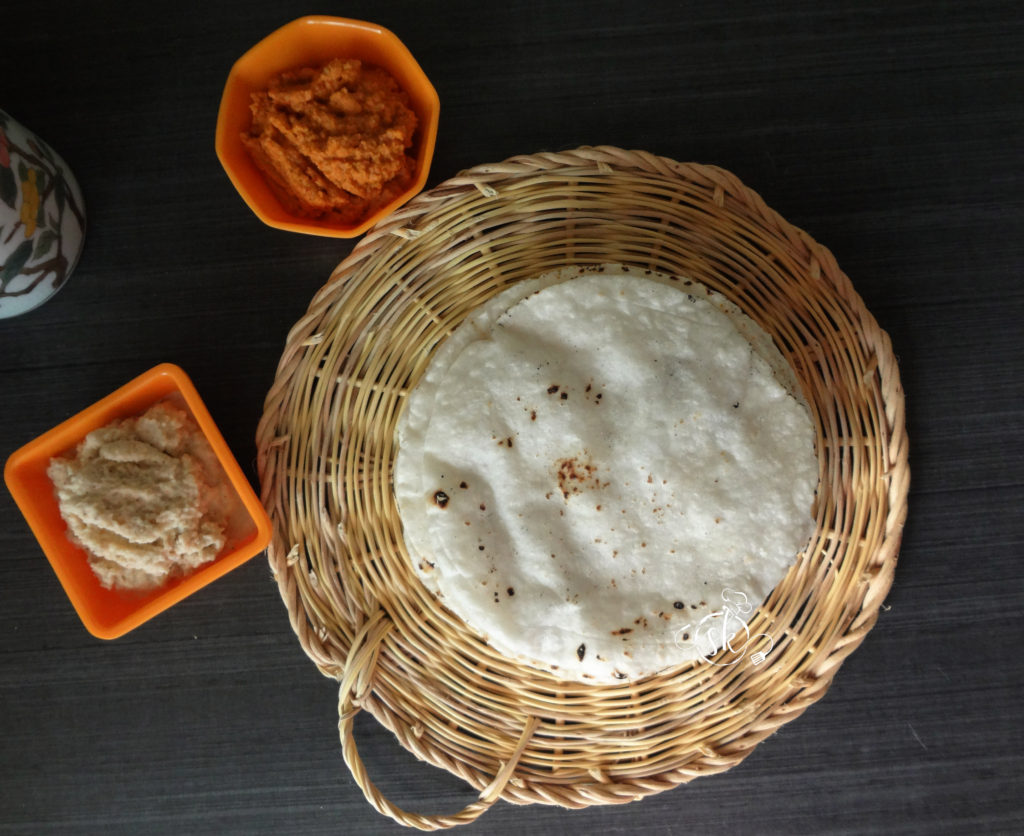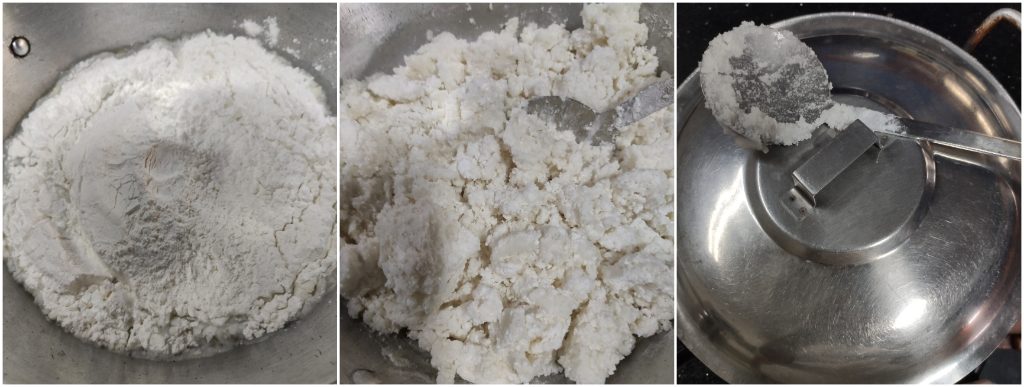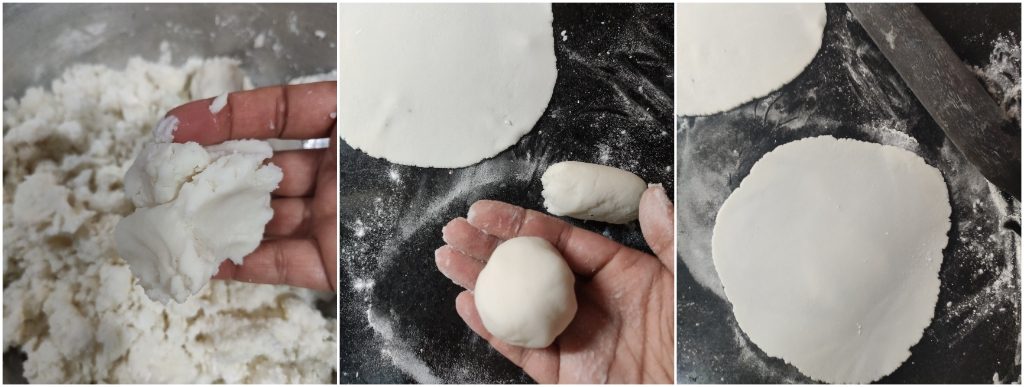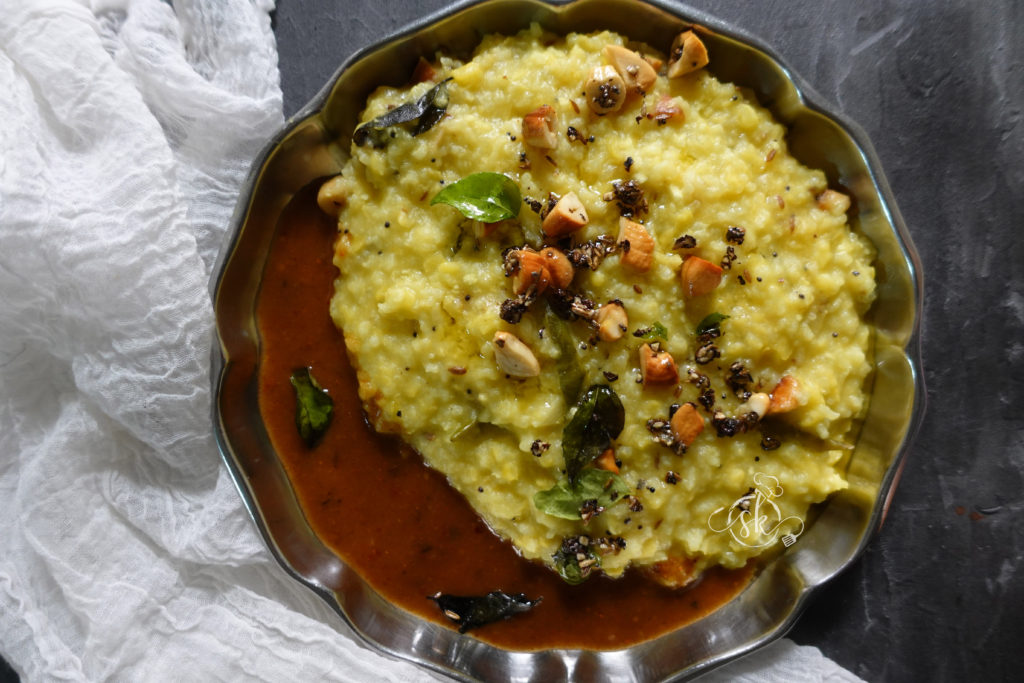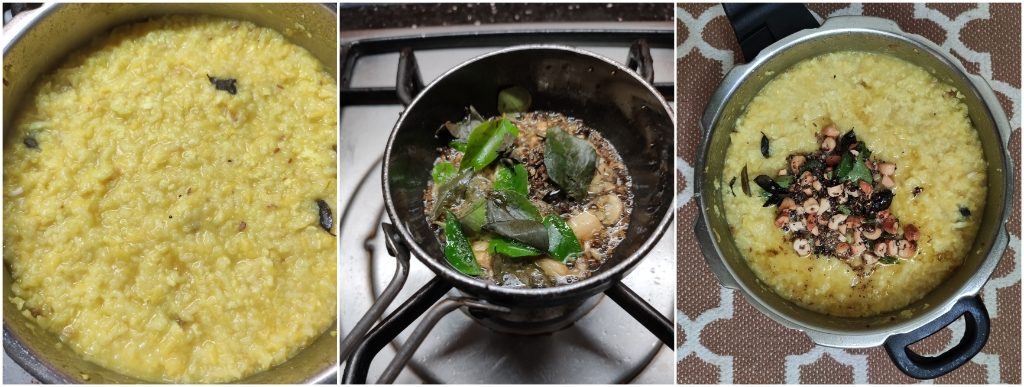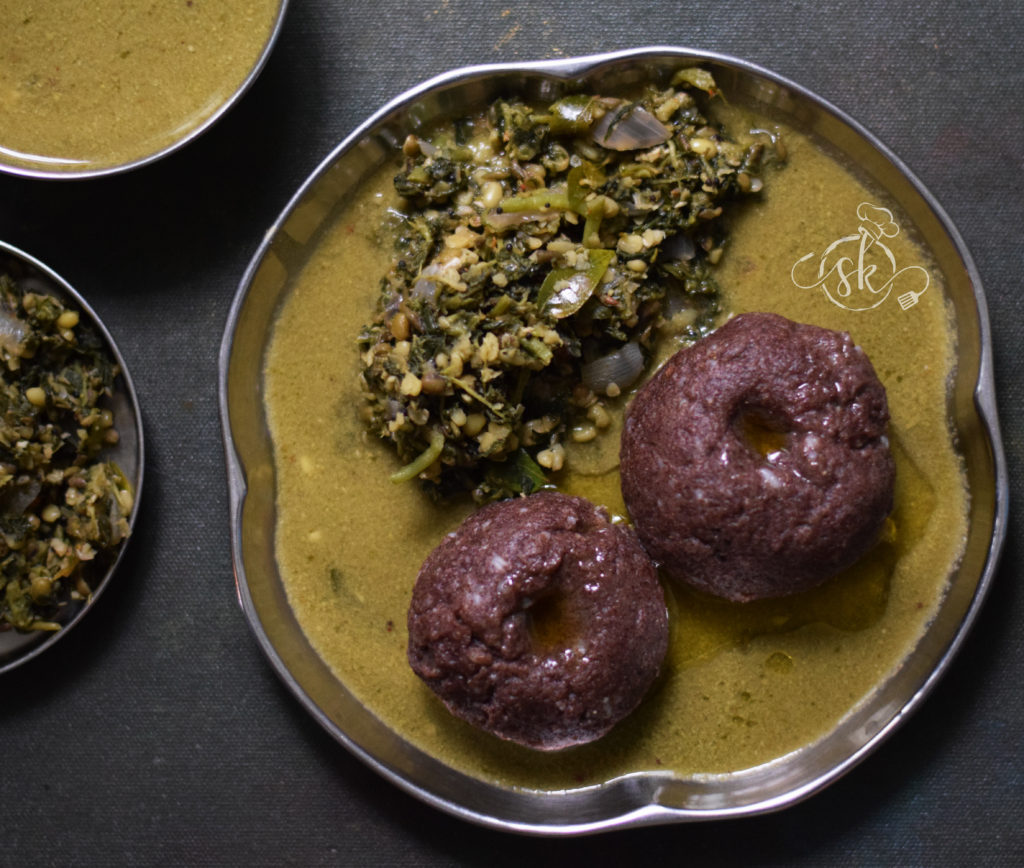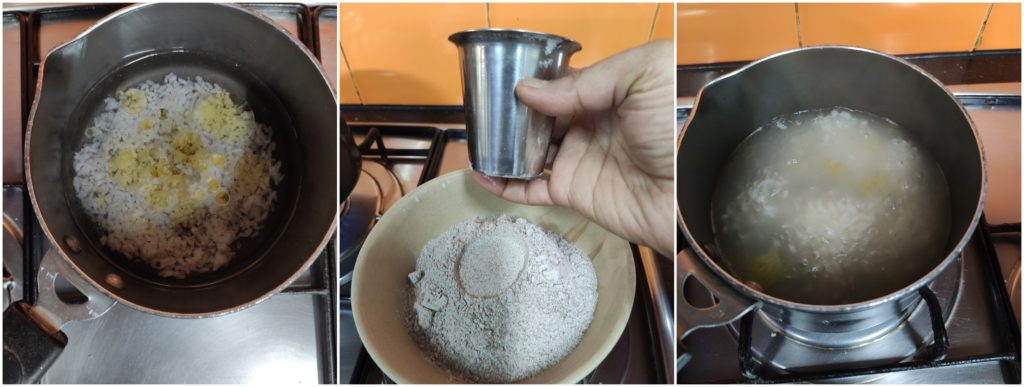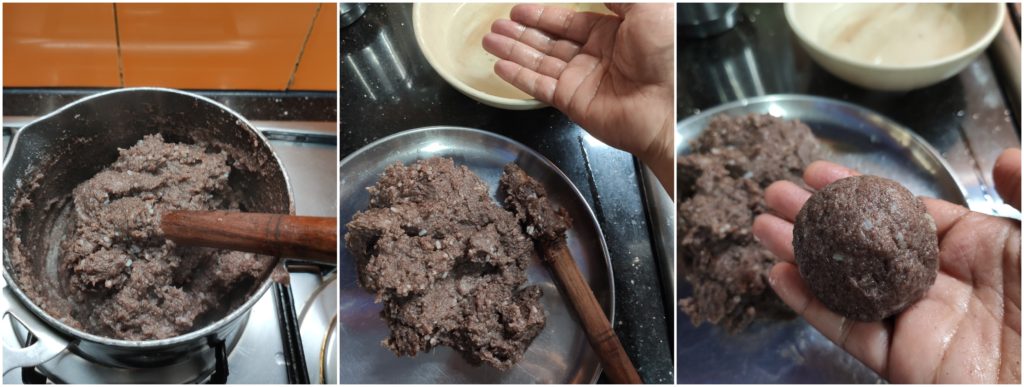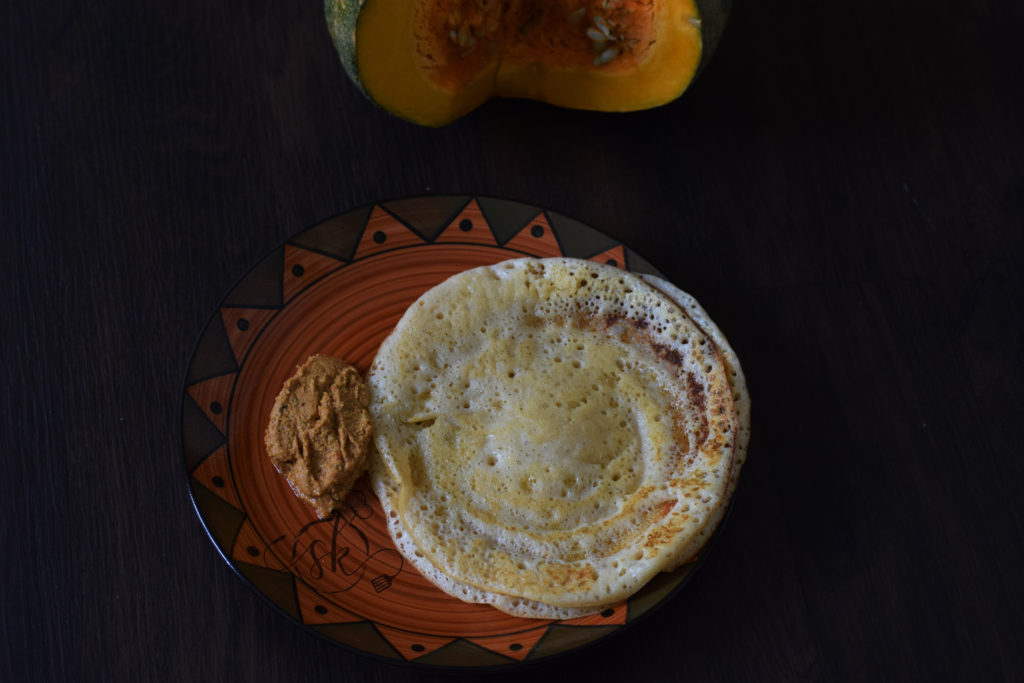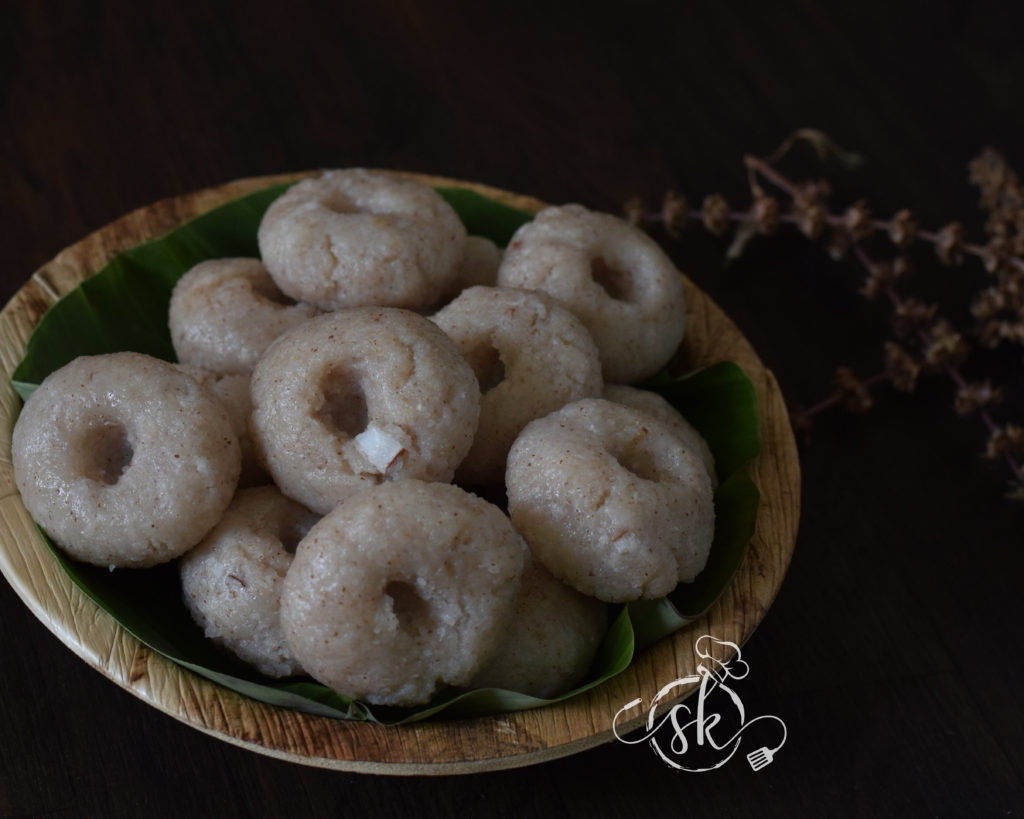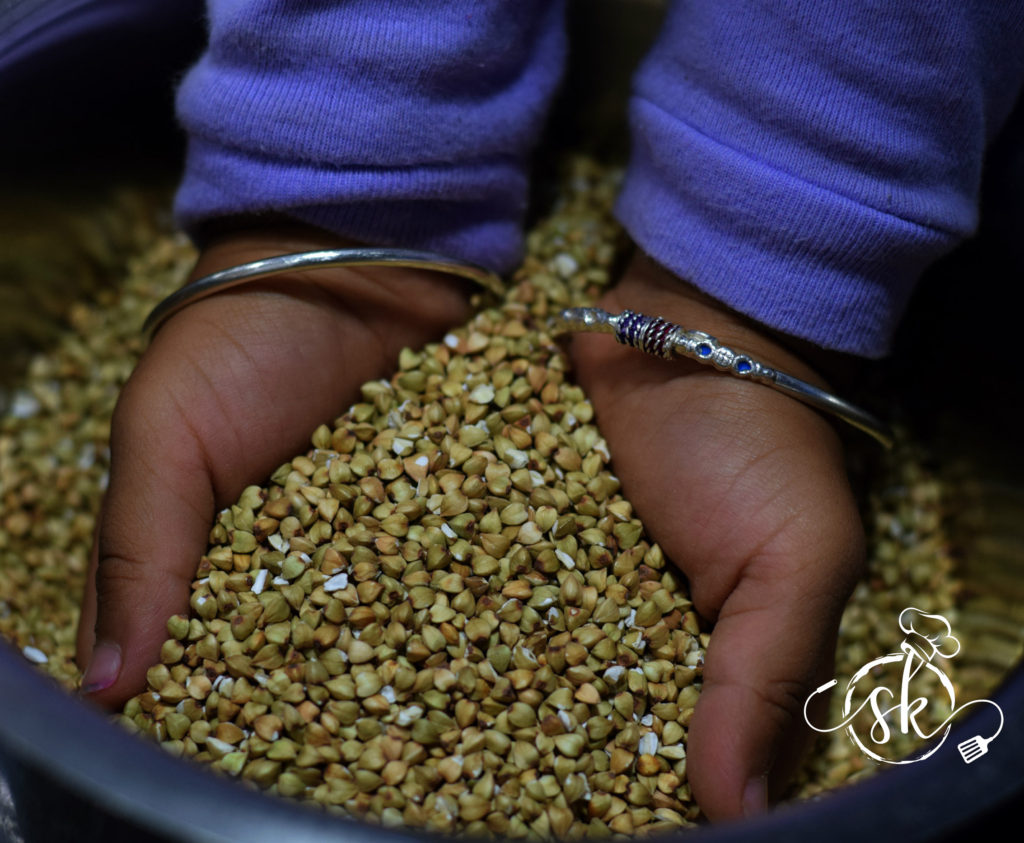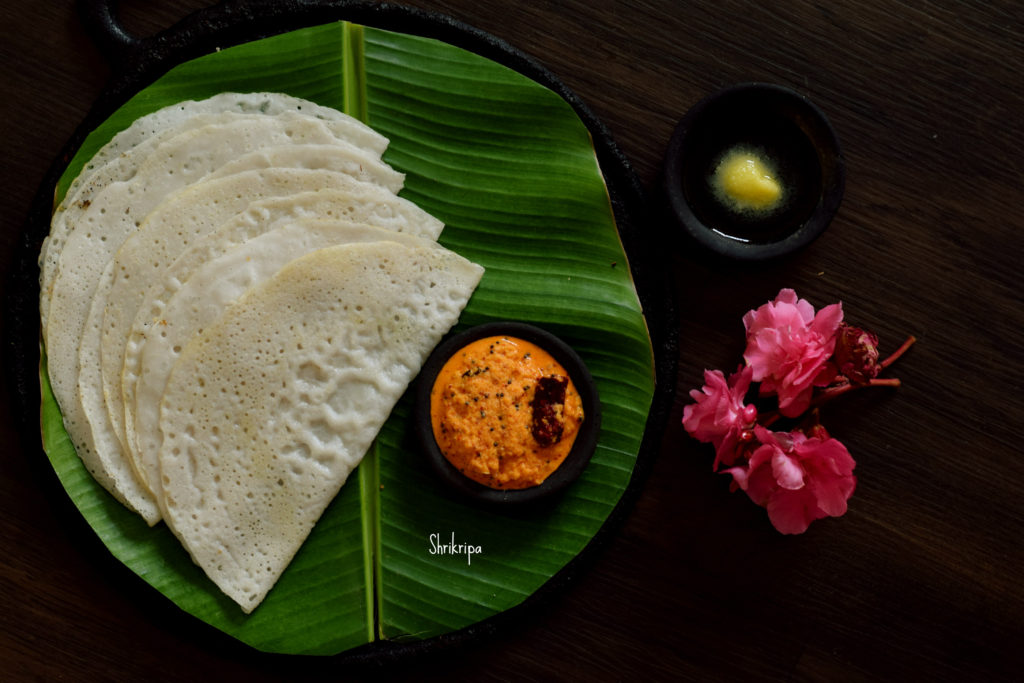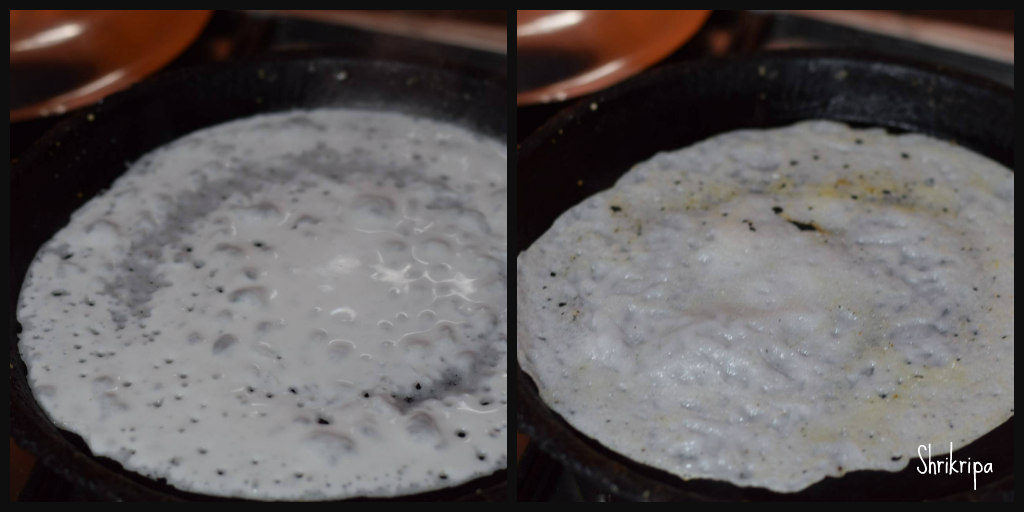In my earlier posts I have discussed regarding homemade coconut flour as well as eggless coconut flour cookie with chocolate chip.
One thing we must keep in our minds while using coconut flour is, do not underestimate its absorption power by seeing its light and airy texture. It absorbs moisture like a sponge. What I learnt from my previous experience is, it needs almost equal amount of moisture content as flour volume.
Here I have tried with egg as well as without egg by adding flax gel as an egg replacer, mainly because of its gel like texture. Coconut flour does not have any holding capacity, so thought of using flax gel.
In this experiment I have taken equal amount of coconut flour and buck wheat flour ( I did try with millet flour as well) it did absorb the liquid, swell and gave me Eleven cookies 😊 More than everything, this was interesting!! Baking Coconut Flour by adding millet/ buck wheat flour . This was a little experiment, and the results were not bad at all! I got the big thumbs up from my twins.
Let us see the procedure for With Egg Version –

Ingredients:
Coconut flour – ½ cup
Millet/ Buck wheat flour – ½ cup
Choco chip – ¼ to ½ cup
Pink salt – ¼ teaspoon ( you can use normal salt as well)
Cinnamon powder – ½ tsp
Cooking soda + baking powder – ¼ tsp ( 1/8th tsp each)
Eggs – 2
Ghee – 2 tablespoons
Vanilla – ½ teaspoon
Organic Natural brown sugar – ½ cup (you can use normal sugar or jaggery as well)
Method:

-take one bowl, add all the dry ingredients: Both the flours, salt, cinnamon powder, cooking soda, baking powder and Choco chip. Mix everything and keep it aside.
-Beat the egg , add vanilla, sugar, and ghee. Beat everything until you see a bubbly texture.
– Pour wet mix into dry ingredient and fold everything and prepare a dough. It would be sticky and wet.

-Keep this in a refrigerator at least for a half an hour. By this time, coconut flour would absorb the moisture and batter would be perfect to scoop out.
-Pre heat oven at 170 °C. Line the baking tray with the butter paper.
-Scoop out the mix by using ice cream scooper and arrange in a lined baking tray.
-Bake this in a pre-heated oven for 15 to 20 minutes.

-Do not touch while removing, it will be incredibly soft. Remove the tray and cool as it is.
-After cooling, it will harden a bit. After it cools down completely, store it in an airtight container.
– These cookies are slightly crunchier at outer circle, soft and chewy at the centre.
– It becomes a little harder and firmer the next day .
For Without Egg Version:
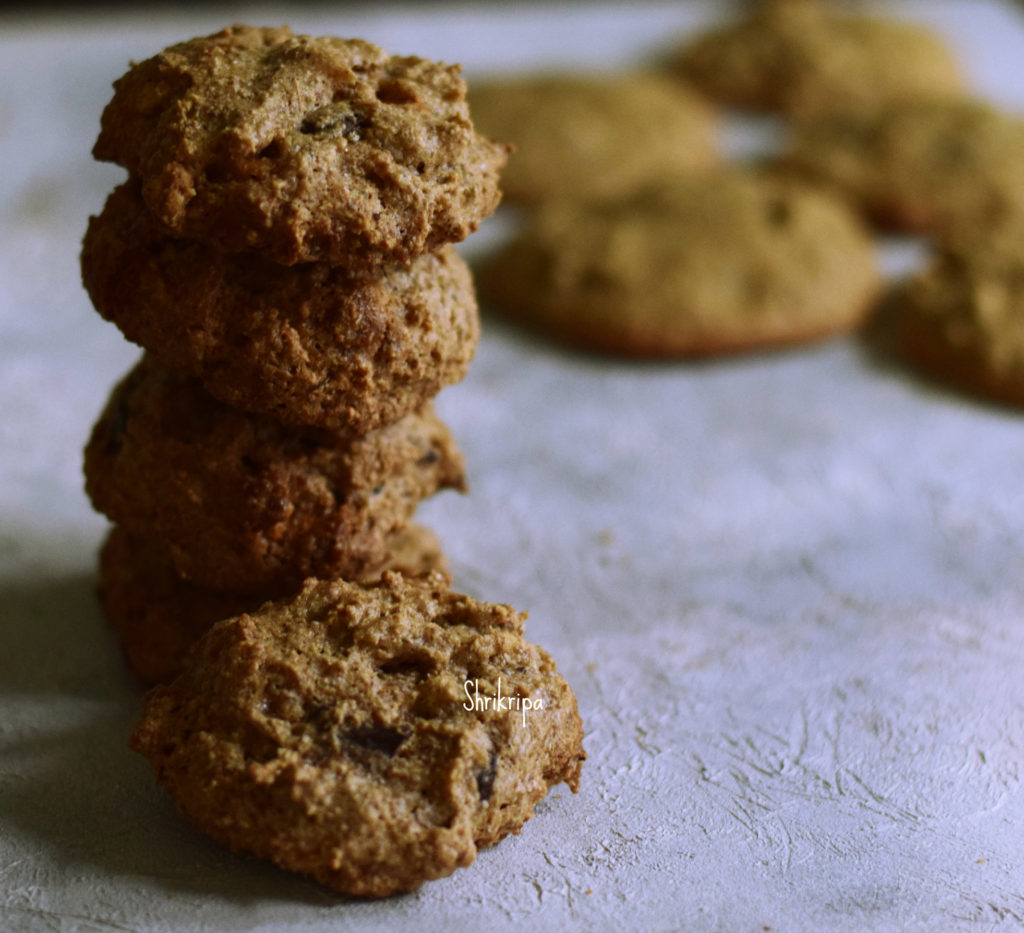
For Egg less version, please use any egg replacer or
Flax gel: The basic ratio is 2 ½ tsp of flax seed powder and three tablespoons of hot water and then you simply whisk in the mixture until it becomes gelatinous to replace one egg.

-Here, after mixing the wet and dry mixture, you can directly proceed to baking. No need to keep it in the fridge. Dough is less liquid, compared to the with egg version.
-Cookies turn out much more heavy and crunchier than the with egg version. Does not spread while baking. It holds the shape very nicely.
